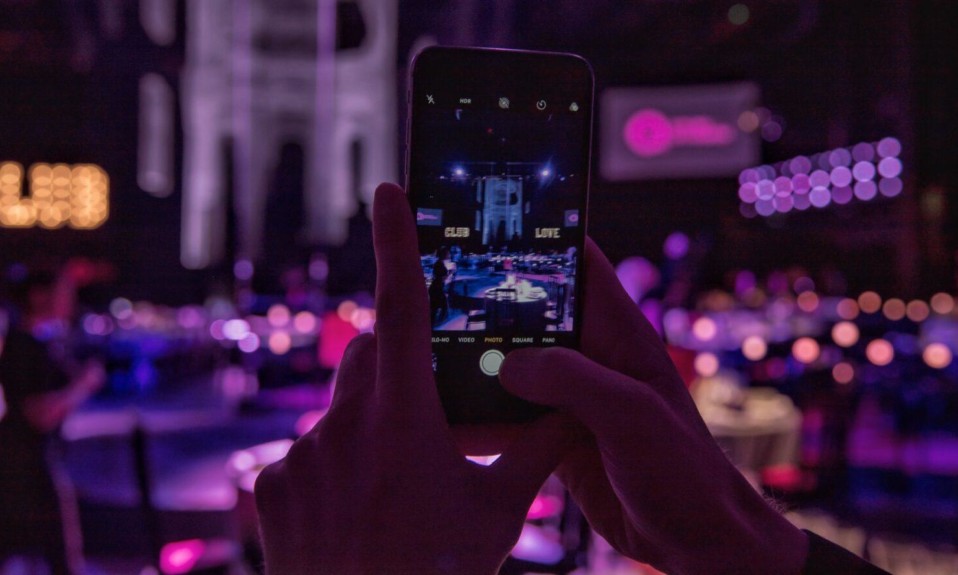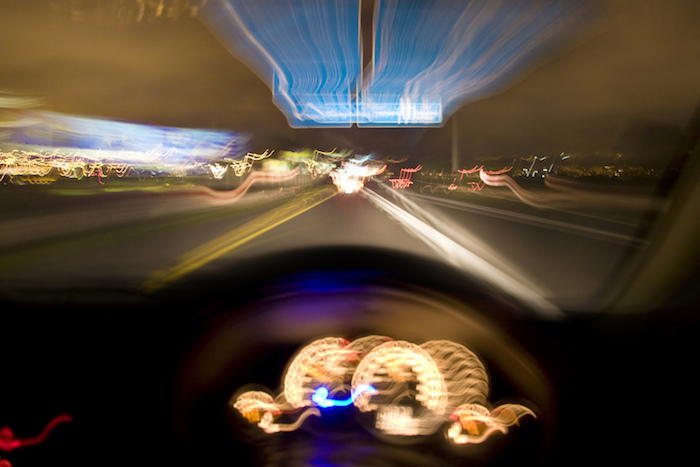Yes—turns out it can. Its smartphone accelerometer can sense intoxication from your gait. Now, can your phone help prevent drunk driving?
By Jason Langendorf
October 1, 2020Smartphones can be used to detect impairment from the effects of alcohol consumption, based on technology that senses changes in a drinker’s gait.
So suggests a study published in the Journal of Studies on Alcohol and Drugs, tracking how the use of smartphone accelerometers—the same technology that operates your phone’s compass and tracks your daily steps—determines impairment. Researchers believe the findings “could offer numerous opportunities to reduce related harms,” including alerts that would be delivered to users when they are too drunk to drive.
“I lost a close friend to a drinking-and-driving crash in college. …I have dedicated the past 10 years to testing digital interventions to prevent deaths and injury related to excessive alcohol consumption.”—Brian Suffoletto, M.D., associate professor of emergency medicine at Stanford University
Lead researcher Brian Suffoletto, M.D., an associate professor of emergency medicine at the University of Pittsburgh at the time of this study (and now associate professor of emergency medicine at Stanford University), had a particularly keen interest in his group’s findings.
“I lost a close friend to a drinking-and-driving crash in college,” Suffoletto told Science Daily. “And as an emergency physician, I have taken care of scores of adults with injuries related to acute alcohol intoxication. Because of this, I have dedicated the past 10 years to testing digital interventions to prevent deaths and injury related to excessive alcohol consumption.”
For this study, 22 adult volunteers, ages 21 to 43, were outfitted with a belt featuring a smartphone attached in the area of their lower back. They were then instructed to walk 10 steps in a straight line, turn and walk 10 steps back to establish a baseline gait. Volunteers then received a vodka drink that would yield a .20% breath alcohol concentration. After reaching that threshold, they were tested hourly for seven hours—to provide continued analysis of their alcohol levels and accelerometer-tracked performance of another walking task.
With data drawn from the accelerometers, Suffoletto and his study coauthors were able to detect roughly 90% of the time when changes in the gait of participants indicated their breath alcohol concentration exceeded .08 percent.
“In five years, I would like to imagine a world in which if people go out with friends and drink at risky levels, they get an alert at the first sign of impairment and are sent strategies to help them stop drinking and protect them from high-risk events like driving, interpersonal violence and unprotected sexual encounters.”—Brian Suffoletto
Further development is necessary—the average person carries their phone in a side pocket, not on their lower back. But researchers intend to sharpen the technology while also workshopping ideas for how best to communicate information and offer support to an impaired user.
“In five years, I would like to imagine a world in which if people go out with friends and drink at risky levels,” Suffoletto said, “they get an alert at the first sign of impairment and are sent strategies to help them stop drinking and protect them from high-risk events like driving, interpersonal violence and unprotected sexual encounters.”
Photo: Oscar Sutton













